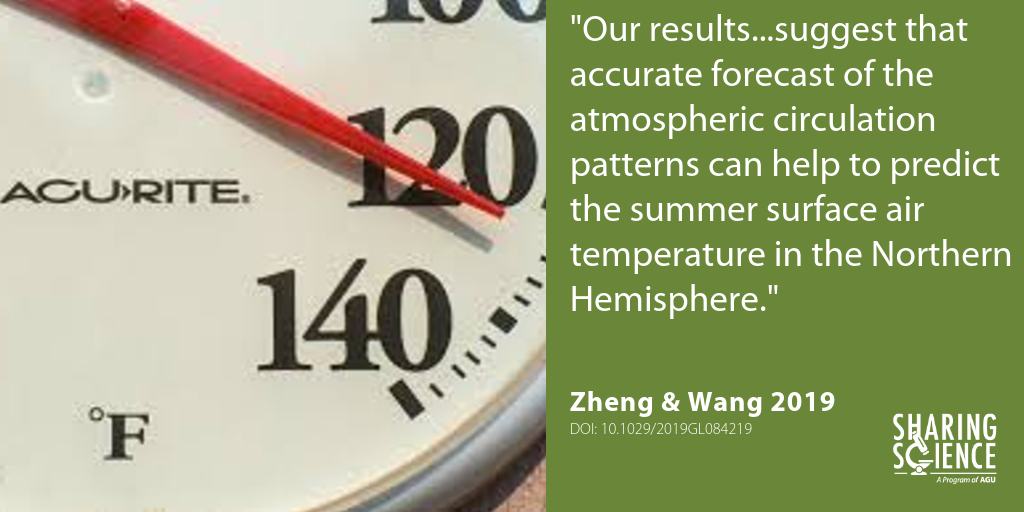6 January 2020
Help wanted: Advice on a Plain Language Summary
Posted by Shane Hanlon
By Shane M Hanlon
One thing that I love about AGU is that all of our journals accept Plain Langauge Summaries as part of journal submissions. We here in Sharing Science highlight some of the better ones that we see via the #SciSummary hashtag and offer a toolkit on crafting that perfect summary. And now, we’re happy to offer a home to solicit advice.

Plain Language Summary featured on our Twitter account.
AGU member Alyssa Abbey just got a manuscript accepted in Tectonics (congrats!) and would like some advice on crafting a summary. It’s pasted below. Please comment (constructively!) below and if you want your abstract feature, just shoot us an email at [email protected].
We identify patterns of faulting and volcanism in the Rio Grande rift (RGR) in the western United States to better understand how continental rifts evolve. Using methods for documenting rock cooling ages (thermochronology), we determined that rifting began around 25 million years ago (Ma) in both the northern and southern RGR. Rift faults continued to develop and grow for another 10 to 15 million years. The central RGR, however, shows that rift extension occurred through volcanic activity both as eruptions at the surface and as magma injection below the surface since ~15 Ma. Interestingly, RGR faulting in the north and south parts of the rift occurs on a north‐south line, while volcanism in the central RGR is along a northeast to southwest line. The differences in the location and orientation of faulting and volcanic activity may be related to the thickness of the lithosphere beneath different parts of the rift. Using these patterns of faulting and magmatism, we propose the RGR evolved through a combination of (1) oblique strain—extension diagonal to the rift and (2) block rotation—where the Colorado Plateau is the rotating block. This detailed study highlights different processes related to the accommodation of extension and the overall development of continental rifts.
Keywords: thermochronometry; continental rifting; fault growth
-Shane M Hanlon is a Program Manager in AGU’s Sharing Science Program. Find him @EcologyOfShane.


 The Plainspoken Scientist is the science communication blog of AGU’s Sharing Science program. With this blog, we wish to showcase creative and effective science communication via multiple mediums and modes.
The Plainspoken Scientist is the science communication blog of AGU’s Sharing Science program. With this blog, we wish to showcase creative and effective science communication via multiple mediums and modes.